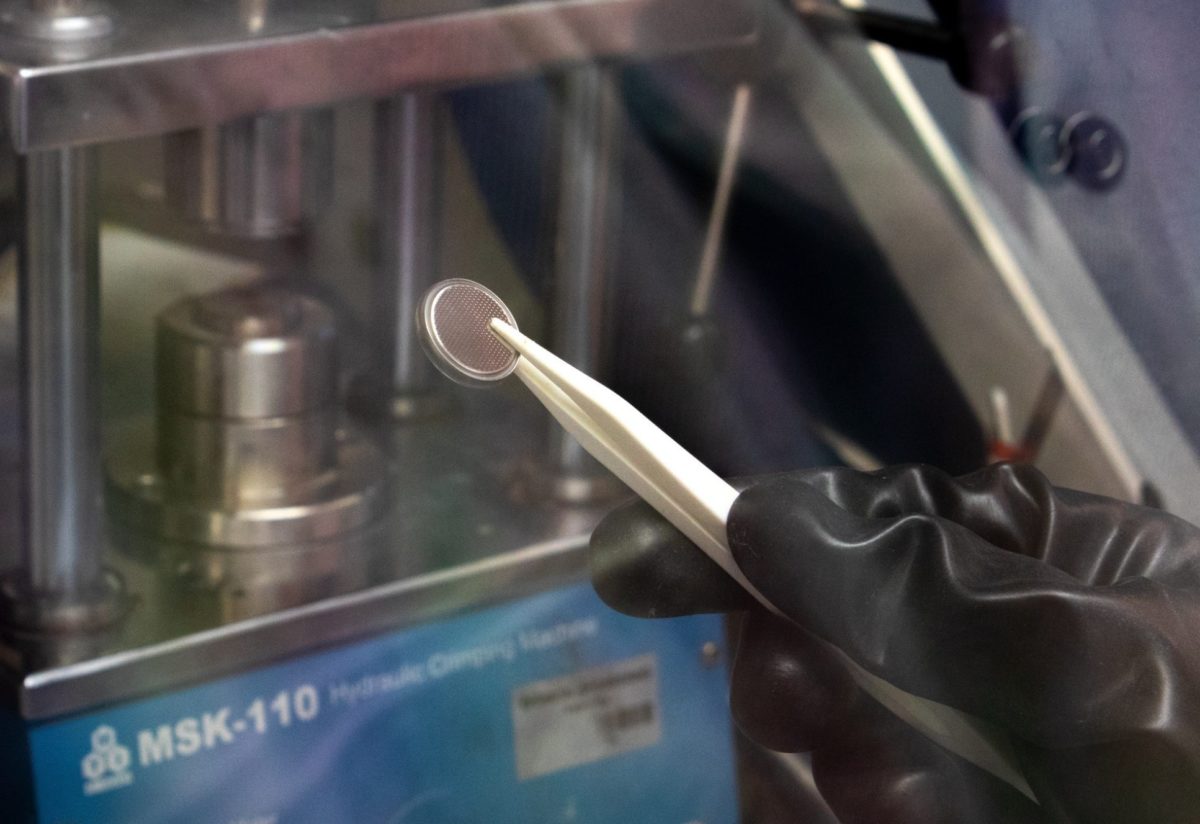Imperial College London researchers have designed polymer electrode materials to provide better stability for lithium-ion batteries and address problems with organic electrode molecules, such as the loss of storage capacity over time, slow ion transport, and sluggish electron transfers.
The new electrode materials feature redox-active organic molecules, which release and store energy. The polymer particles are dissolved and mixed with carbon additives to make battery electrodes.
“We have developed new polymer electrode materials that combine solution-processability, redox activity, and sub-nanometer pores,” said researcher Anqi Wang. “Our molecular design approach is a synergistic combination of organic electrode materials and porous polymers developed in recent decades.”
The polymer electrode materials possess intrinsic sub-nanometer pores that enable fast Li-ion transport during battery operation. The generation of these sub-nanopores is a direct consequence of their unique macromolecular chain structures that are highly rigid and awkwardly shaped.
The other unique property of these polymers is their solution processability, which means they can be dissolved into an organic solvent and then processed into any forms and shapes as a composite or a stand-alone material. This adds greater versatility and simplicity to their use as battery electrodes.
Popular content
“The solution processing technique is suitable for integration with the existing battery electrode manufacturing processes already used in industry at large scale,” said researcher Rui Tan.
The new method also leads to significantly better mixing and contact between polymers and carbon additives, including carbon nanotubes. The researchers said such control over interfaces could promote homogeneous current distribution within the electrode, which is something that has been difficult to achieve in conventional electrode materials.
The scientists described their results in “Solution-processable redox-active polymers of intrinsic microporosity for electrochemical energy storage” which was recently published in ACS Publications. They noted that the battery electrodes demonstrated stable cycling performance without any apparent capacity decay over more than a thousand cycles of charging and discharging.
This content is protected by copyright and may not be reused. If you want to cooperate with us and would like to reuse some of our content, please contact: editors@pv-magazine.com.



2 comments
By submitting this form you agree to pv magazine using your data for the purposes of publishing your comment.
Your personal data will only be disclosed or otherwise transmitted to third parties for the purposes of spam filtering or if this is necessary for technical maintenance of the website. Any other transfer to third parties will not take place unless this is justified on the basis of applicable data protection regulations or if pv magazine is legally obliged to do so.
You may revoke this consent at any time with effect for the future, in which case your personal data will be deleted immediately. Otherwise, your data will be deleted if pv magazine has processed your request or the purpose of data storage is fulfilled.
Further information on data privacy can be found in our Data Protection Policy.